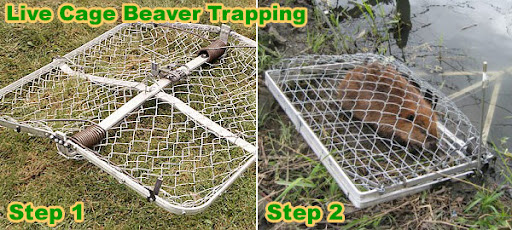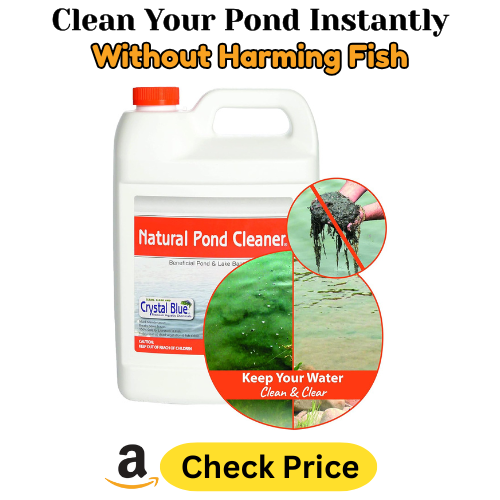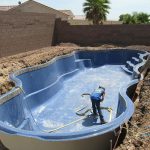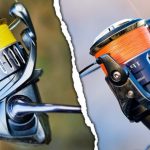Beavers are remarkable engineers of nature, but when they move into private ponds or drainage systems, their activities can lead to flooding, tree loss, and costly property damage. While it may be tempting to trap or remove them on your own, this approach can be dangerous, often illegal without a permit, and rarely provides a lasting solution. Instead, a combination of humane management and preventive strategies is the best way to protect your pond and coexist with these industrious animals.
Understanding Beaver Behavior
Beavers build dams to create deep, still water that shelters their lodges and protects them from predators. Unfortunately, those same dams can raise water levels around human-made ponds, clog culverts, and flood roads or fields. Because beavers are highly motivated to rebuild if their structures are destroyed, any control effort must address why they are there and how to make the habitat less attractive.
1. Confirm the Problem
Before taking action, inspect your property to determine the scale of activity:
-
Active lodges or dams: Look for freshly cut sticks and mud patches, which indicate recent work.
-
Gnawed trees or missing saplings: Beavers feed on softwoods like willow, poplar, and birch.
-
Rising water levels: Check whether your pond or culvert is backing up due to blockage.
Keep in mind that occasional visits from beavers are normal in many areas and may not require intervention unless flooding or damage occurs.
2. Use Humane and Legal Solutions
A. Install a Flow Device or Pond Leveler
A flow device, sometimes called a beaver deceiver or pond leveler, is a proven long-term solution. It allows controlled water flow through or around a dam without triggering the beaver’s instinct to rebuild. Properly installed, these systems:
-
Maintain stable pond levels
-
Reduce flooding risk
-
Allow beavers to remain as part of the ecosystem
Flow devices are typically installed by wildlife professionals or pond-management specialists.
B. Protect Trees and Vegetation
Beavers depend on nearby trees for food and building material. You can protect valuable trees by:
-
Wrapping trunks with heavy-gauge wire mesh or hardware cloth up to 4 feet high
-
Placing stone barriers or fencing around ornamental plantings
This inexpensive method effectively prevents damage without harming the animals.
C. Exclude Beavers from Culverts and Drainage Pipes
If beavers are blocking culverts, install a culvert protection fence or cage structure that keeps debris and sticks from entering the pipe. These devices make dam-building inside the culvert nearly impossible.
D. Seek Professional Assistance
If flooding persists or property damage is severe, contact:
-
Your state wildlife agency for regulations and guidance
-
USDA Wildlife Services for technical assistance or licensed control
-
Certified nuisance wildlife control operators, who can perform humane removal when necessary
Never attempt to trap or relocate beavers yourself unless you are licensed and permitted to do so. Improper trapping can be illegal and inhumane, and relocation is rarely successful because beavers typically return or new ones move in.
3. Long-Term Prevention
To keep your pond healthy and problem-free:
-
Maintain good bank vegetation and avoid cutting down trees that stabilize soil.
-
Regularly inspect culverts and spillways for blockages.
-
Keep food sources limited by removing downed trees near water.
-
Consider leaving a section of your property as a buffer zone, allowing beavers to live away from critical infrastructure.
4. Why Humane Management Works Best
Beavers play a vital ecological role. Their ponds improve water quality, support fish and amphibians, and create wetlands that attract birds and other wildlife. By using humane management tools instead of lethal control, landowners can protect their property while preserving these benefits. A balanced approach saves time, reduces conflict, and supports local biodiversity.
Conclusion
Managing beavers in a pond requires patience, understanding, and respect for both wildlife and water systems. Humane solutions such as flow devices, tree protection, and professional assistance offer lasting results without resorting to harmful or illegal trapping. With the right approach, it’s possible to maintain a healthy pond ecosystem and prevent property damage — proving that coexistence with beavers can be both practical and rewarding.





